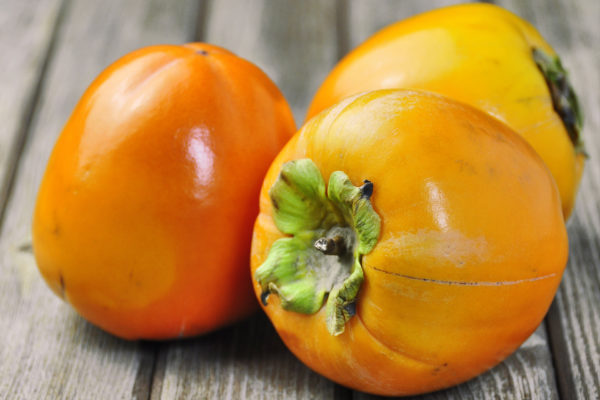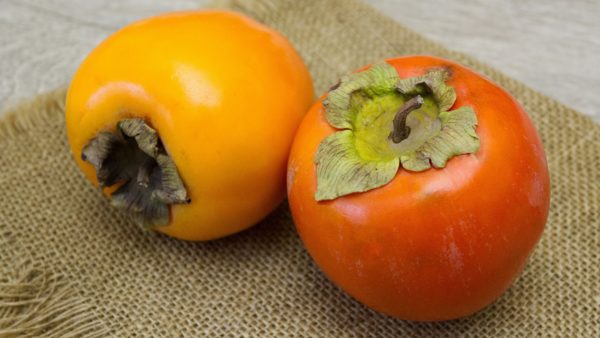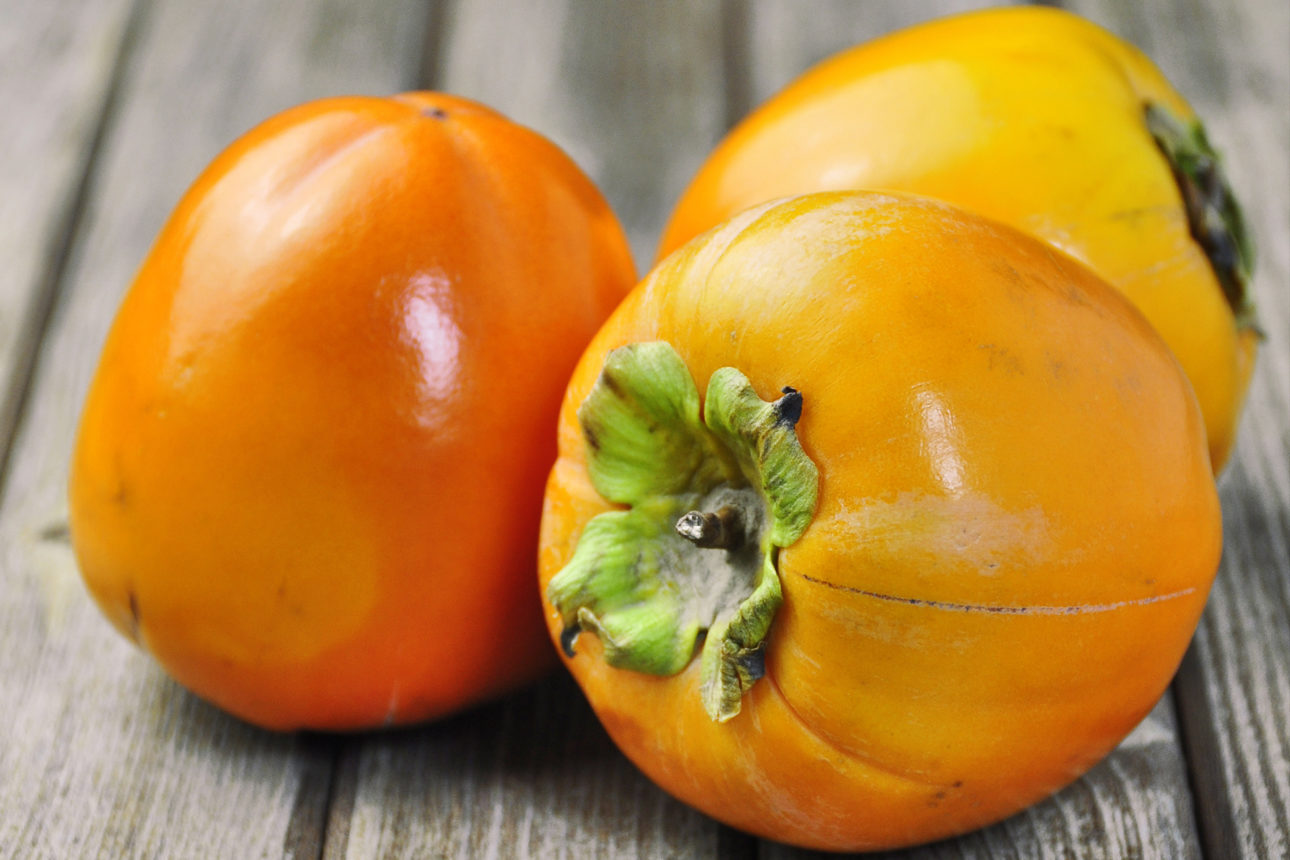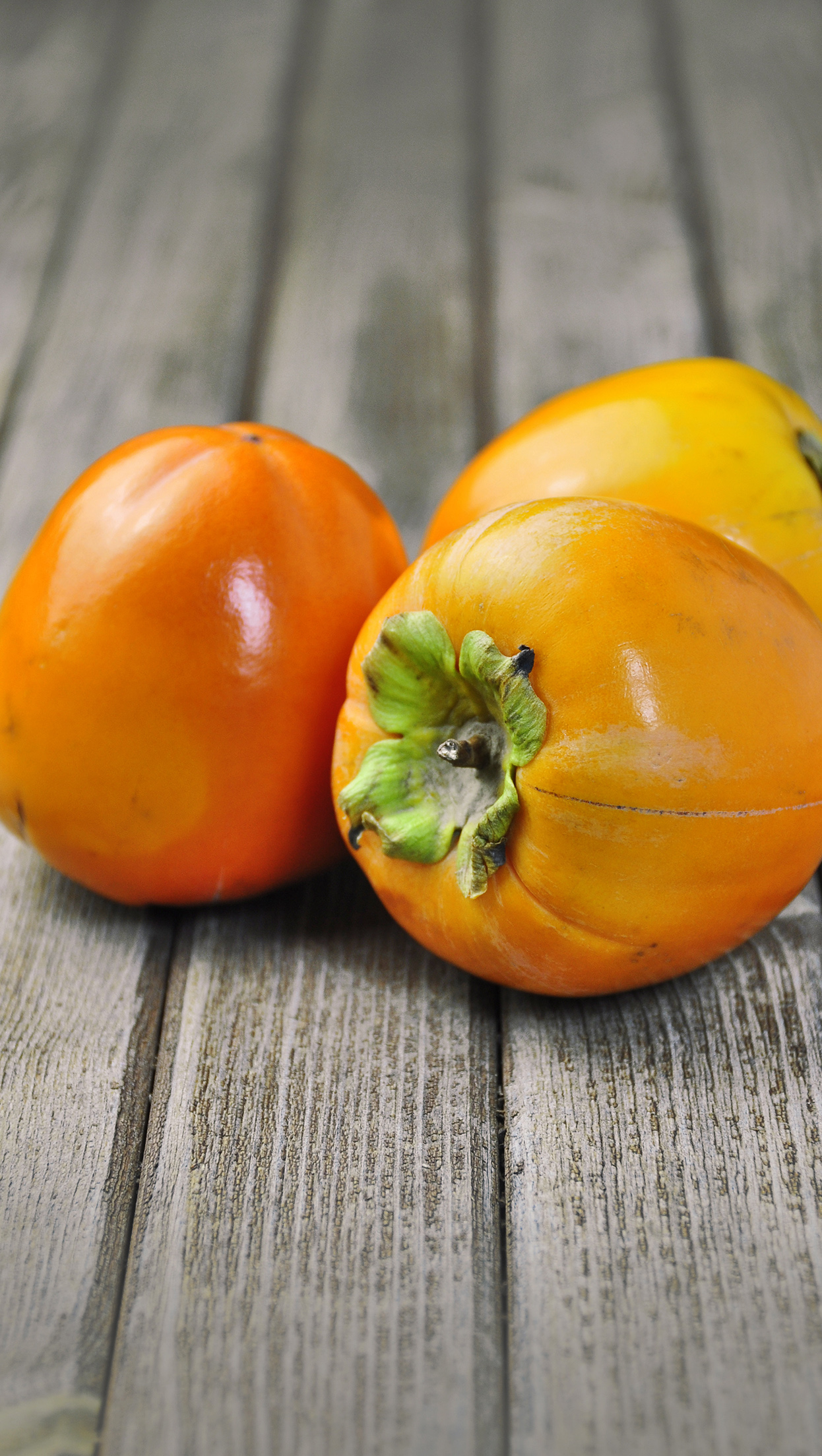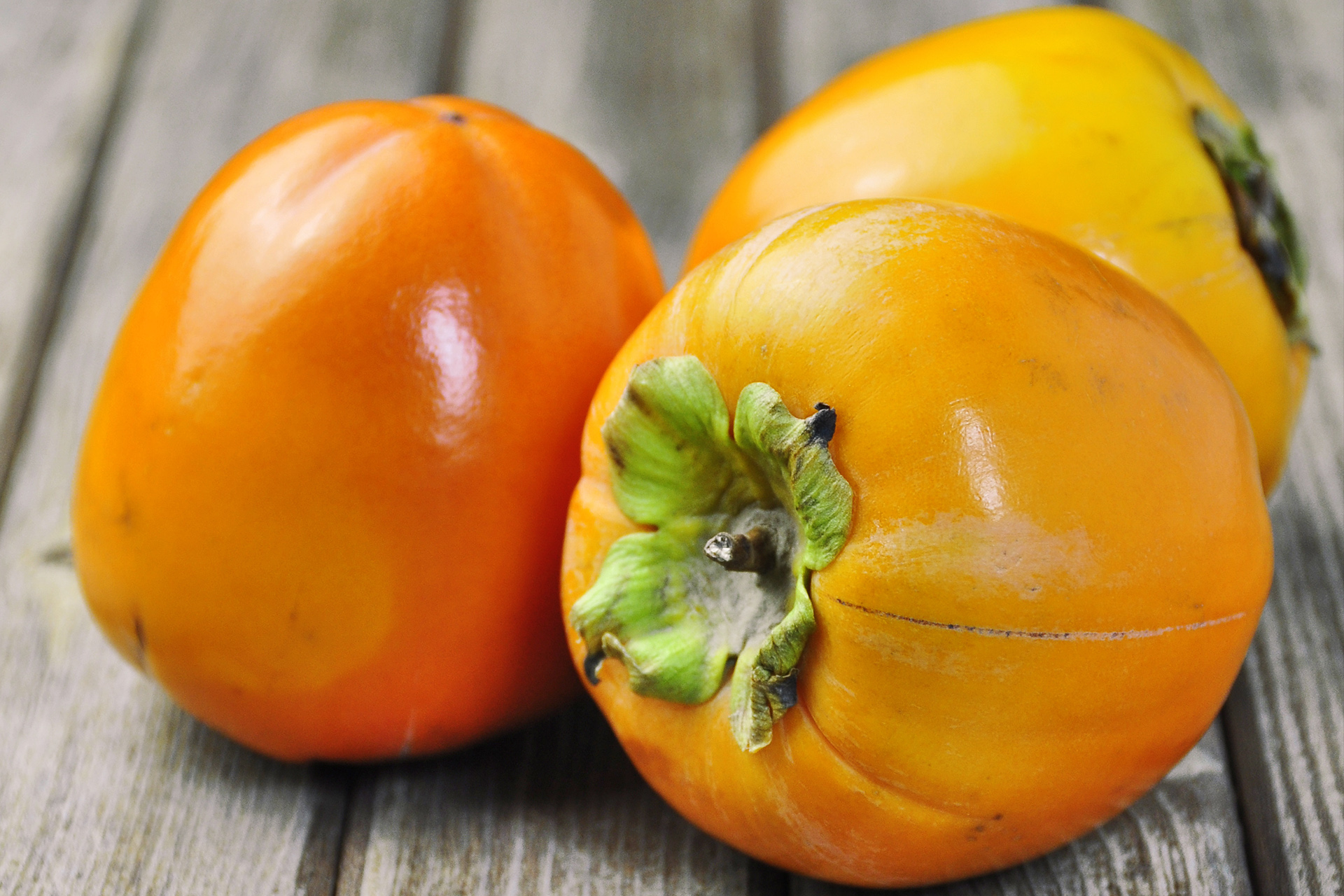
Perfect to pair with walnuts and lamb’s lettuce for a lovely fall salad.
Origin
The kaki or persimmon is a tree originally from China, which produces a sweet or sour fruit depending on whether it’s early or late harvest. The amount of tannins changes by variety, and are low in the variety known as ‘kaki mela’ or ‘apple’ kaki. This is not a hybrid between kaki and apples, as the name might suggest, it is one type of kaki that is similar in size and taste to an apple. It is a variety of the botanical species Diospyros kaki, which includes 4 important types: Fuyu, Hana Fuyu, O’Gosho and Jiro. This is a very historical fruit which came from Japan in the late 1800s, and spread to America and Spain where cultivation caught on as soon as the early 1900s. Today, orchards are growing in Italy as well, especially in Emilia Romagna and other parts of south-central Italy. They’re also known as Japanese persimmons, kaki persimmons or Asian persimmons, and are the most widely cultivated species of the Diospyros genus.
In the kitchen
In contrast to other varieties, the ‘apple’ kaki ripens on the tree and can be eaten immediately after picking. It is firmer than other varieties, and can be cut with a knife just like an apple. The shape of the fruit is similar to pippin apples in particular. Their moderate sweetness makes kaki perfect with strong flavors like blue cheese and gorgonzola. The firm flesh means you can slice them and add them to an autumn salad with walnuts, lamb’s lettuce or arugula. Kaki are excellent on their own, as a sweet sauce for desserts, or as an ice cream flavor. In some parts of the world they’re sliced, dried and enjoyed as a snack.
Did you know
The almost complete lack of tannins compared to other kaki make the ‘apple’ variety less sweet, and it provides a significant health benefits. They are highly recommended for athletes’ diets because they’re high in energy due to their simple sugar content, especially in the form of fructose. They contain potassium and their high levels of antioxidants and phytonutrients help to neutralize free radicals, which are a leading cause of degenerative diseases and premature aging. They are also rich in fiber so they are filling and help digestion. Kaki are nearly fat free and have a high water content, so they’re perfect for people with high cholesterol. And as they contain no lactose or gluten, they’re easily tolerated by celiacs.



